Throughout history, paleontologists have unearthed remarkable fossils that have dramatically reshaped our understanding of prehistoric life on Earth. These fossilized remains—bones, teeth, impressions, and even preserved soft tissues—serve as time capsules, offering glimpses into worlds long vanished. The discovery and interpretation of these ancient relics require meticulous scientific detective work, combining geology, biology, chemistry, and advanced imaging technologies. From the dramatic dinosaur discoveries that captured public imagination to lesser-known but equally significant microfossil finds, each piece helps complete the complex puzzle of our planet’s biological history. This article explores some of the most groundbreaking fossil discoveries and explains how scientists have decoded their significance to reveal the fascinating story of life’s evolution.
The Burgess Shale: Window into the Cambrian Explosion
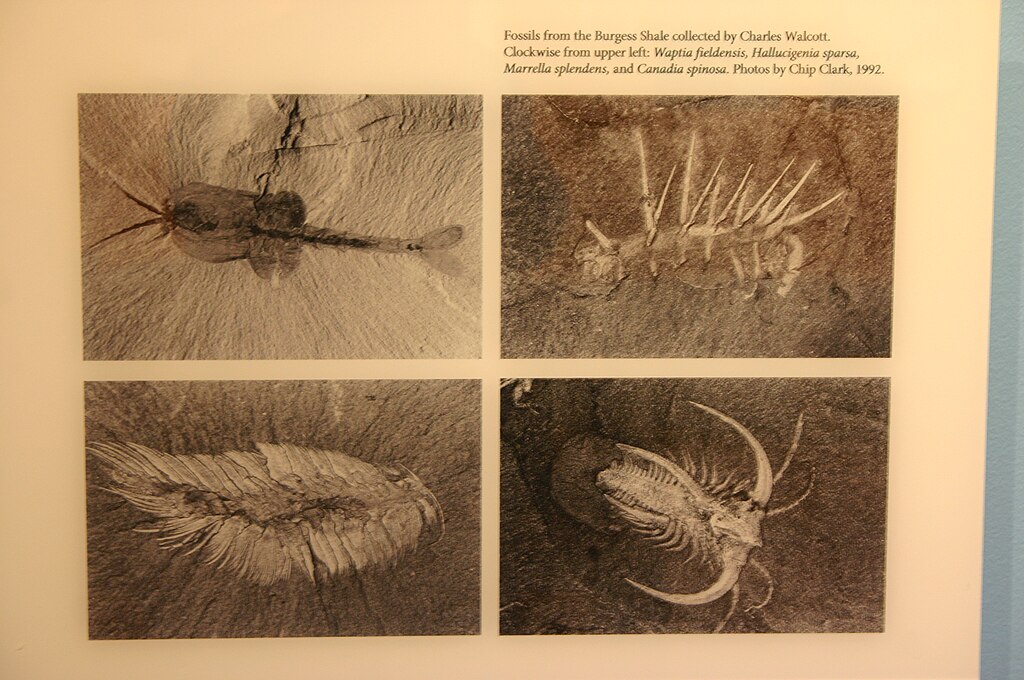
Discovered in 1909 by paleontologist Charles Doolittle Walcott in the Canadian Rockies, the Burgess Shale represents one of paleontology’s most significant breakthroughs. This extraordinary fossil deposit preserves soft-bodied organisms from approximately 508 million years ago, during the middle Cambrian period, when complex multicellular life was rapidly diversifying in what scientists call the “Cambrian Explosion.” Unlike most fossil sites that primarily preserve hard parts like shells and bones, the Burgess Shale captured detailed impressions of soft tissues, including muscles, gills, digestive systems, and even nervous tissues. The exceptional preservation resulted from underwater mudslides that rapidly buried organisms in oxygen-poor conditions, preventing decomposition and allowing fine sediments to capture intricate anatomical details. The bizarre creatures found here, such as the five-eyed Opabinia and the spiny predator Hallucigenia, revealed that early animal life was far more diverse and strange than previously imagined, fundamentally changing our understanding of evolution’s early chapters.
Lucy: Redefining Human Origins
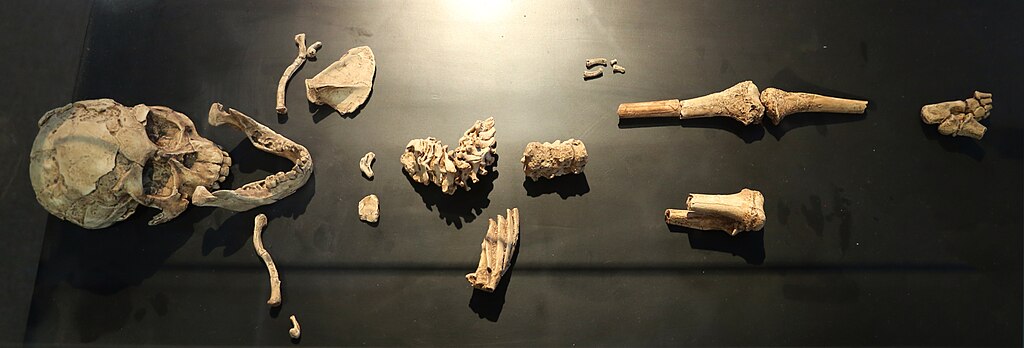
On November 24, 1974, paleoanthropologists Donald Johanson and Tom Gray made a discovery that would forever change our understanding of human evolution. While working in the Afar Depression of Ethiopia, they uncovered the partial skeleton of a female Australopithecus afarensis, whom they nicknamed “Lucy” after the Beatles song “Lucy in the Sky with Diamonds” playing in camp that evening. Dating to approximately 3.2 million years ago, Lucy was revolutionary because she preserved about 40% of a complete skeleton—an unprecedented find for such an ancient human ancestor. Analysis of her bones revealed something remarkable: though Lucy had an ape-like skull, her pelvis and leg bones showed clear adaptations for bipedal walking, confirming that our ancestors walked upright before developing larger brains. Standing just 3.5 feet tall and weighing around 65 pounds, Lucy became the most famous fossil in human evolutionary studies, establishing Australopithecus afarensis as a crucial transitional species in our lineage and demonstrating that bipedalism preceded brain expansion in human evolution.
Archaeopteryx: The Missing Link Between Dinosaurs and Birds

When a perfectly preserved fossil was discovered in the Solnhofen limestone quarries of Bavaria, Germany, in 1861, it caused an immediate scientific sensation. This fossil, named Archaeopteryx lithographica, appeared at a pivotal moment—just two years after Darwin published “On the Origin of Species”—and provided powerful evidence for evolutionary theory. The crow-sized creature displayed an extraordinary combination of features: the teeth, bony tail, and three-clawed fingers of a reptile alongside the feathered wings and wishbone of a modern bird. The fine-grained limestone had preserved even the delicate structures of feathers, providing irrefutable evidence that birds evolved from theropod dinosaurs. Thomas Henry Huxley, Darwin’s staunch defender, quickly recognized Archaeopteryx as a transitional fossil that beautifully demonstrated evolutionary principles. Though newer fossil discoveries have filled in more details of the dinosaur-to-bird transition, Archaeopteryx remains one of paleontology’s most iconic specimens, dramatically illustrating how evolution works through the modification of existing structures for new functions.
Sue the T. Rex: Most Complete Tyrannosaurus Ever Found

On August 12, 1990, fossil hunter Sue Hendrickson noticed several vertebrae protruding from a cliff face in South Dakota and followed her instincts to uncover what would become the most complete Tyrannosaurus rex skeleton ever discovered. Named “Sue” in Hendrickson’s honor, this remarkable specimen preserves approximately 90% of the dinosaur’s skeleton, providing unprecedented insight into the anatomy of this iconic predator. After a contentious legal battle over ownership, Chicago’s Field Museum purchased Sue at auction for $8.4 million—still the highest price ever paid for a fossil. Scientific analysis revealed Sue was a mature T. rex who lived approximately 67 million years ago and died at about 28 years of age, making her one of the oldest T. rex individuals known. Researchers identified multiple injuries and infections in Sue’s bones, including broken ribs, an infected jaw, and arthritis, offering rare glimpses into the harsh realities of Cretaceous life. The skeleton’s completeness allowed scientists to better understand T. rex biology, including confirming the massive animal’s stance, muscle attachments, and growth patterns through detailed biomechanical studies that would have been impossible with less complete specimens.
The Ichthyosaur Mother: Ancient Birth in Progress

In the early 19th century, British fossil collector Mary Anning discovered several specimens of ichthyosaurs—dolphin-like marine reptiles from the Mesozoic era—along the Jurassic Coast of England. Among her most extraordinary finds was a specimen that contained smaller ichthyosaur skeletons within the body cavity of a larger individual. Originally misinterpreted as prey items that had been consumed, these smaller skeletons were eventually recognized as embryos, with one partially emerged from the mother’s body. This remarkable fossil, dated to approximately 200 million years ago, captured an ichthyosaur in the process of giving birth, providing definitive evidence that these marine reptiles gave birth to live young rather than laying eggs. The specimen revealed that ichthyosaurs gave birth tail-first, a birthing position still seen in modern cetaceans like dolphins and whales, which represents a convergent adaptation to aquatic life. This fossil not only illuminated the reproductive biology of extinct marine reptiles but also demonstrated how detailed preservation can reveal fleeting moments from millions of years ago, providing evidence of behavior that would otherwise remain purely speculative.
Tiktaalik: The Fish That Walked

In 2004, a team led by paleontologists Neil Shubin, Edward Daeschler, and Farish Jenkins embarked on an expedition to the Canadian Arctic specifically searching for the elusive transition between fish and the first tetrapods (four-limbed vertebrates). Using geological knowledge and evolutionary theory, they targeted 375-million-year-old late Devonian rock formations on Ellesmere Island and discovered exactly what they sought: Tiktaalik roseae, a creature that beautifully bridges the gap between aquatic and terrestrial vertebrates. Named using an Inuktitut word for “large freshwater fish,” Tiktaalik possessed both fish-like features (scales, gills, and fins) and tetrapod characteristics (a mobile neck, primitive wrists, and shoulders capable of supporting weight). Most strikingly, Tiktaalik’s fins contained bones arranged in patterns that would eventually evolve into the arms and legs of land animals, including humans. The discovery of this “fishapod” was particularly significant because it represented a successful prediction of evolutionary theory—scientists hypothesized what kind of transitional form should exist at that geological age and then found exactly such a creature, demonstrating the predictive power of evolutionary science.
Darwinius masillae: The Ida Controversy
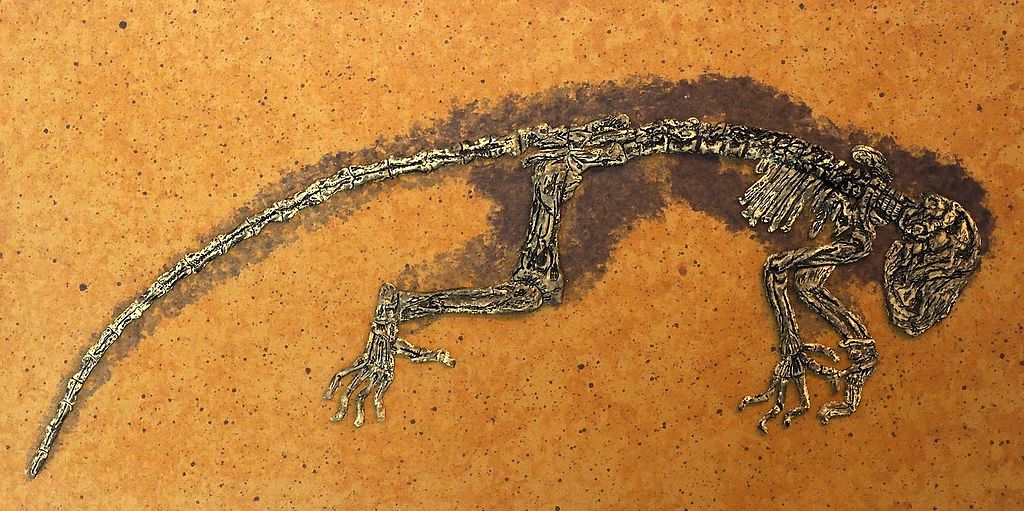
In 2009, a 47-million-year-old primate fossil named Darwinius masillae (nicknamed “Ida”) was unveiled to the world with extraordinary media fanfare, including a documentary, book, and claims that scientists had found the “missing link” in human evolution. Discovered in Germany’s Messel Pit, Ida was indeed a remarkable specimen—a juvenile female primate preserved so completely that even her stomach contents and fur outline were visible. The fossil’s exceptional preservation in oil shale captured minute details of soft tissues rarely seen in the fossil record, including the outline of her body, fur patterns, and internal organs. However, the excessive hype surrounding Ida sparked controversy among scientists who criticized both the marketing approach and the overblown claims about her significance to human ancestry. Subsequent analysis determined that while Ida belongs to an extinct primate group called adapiforms, she likely represents a branch of primate evolution unrelated to the lineage that led to monkeys, apes, and humans. The Ida controversy serves as a cautionary tale about the dangers of sensationalizing fossil finds before thorough peer review, while still acknowledging the genuine scientific value of such exceptionally preserved specimens for understanding primate evolution more broadly.
The Jehol Biota: Feathered Dinosaurs Revolutionize Paleontology
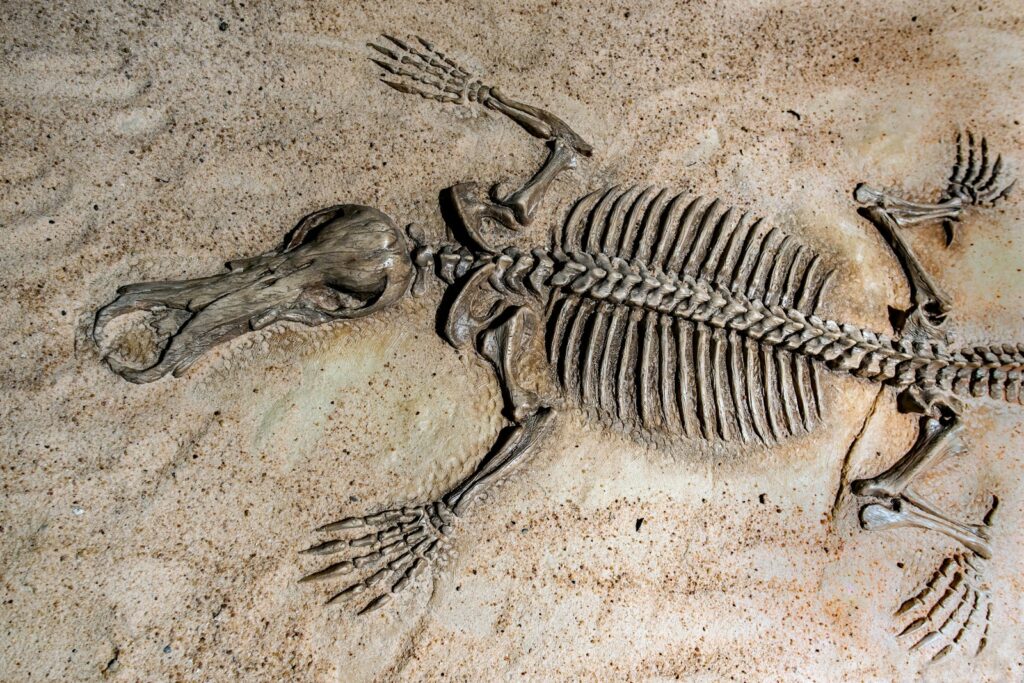
Beginning in the 1990s, a series of extraordinary fossil discoveries from northeastern China’s Liaoning Province fundamentally transformed our understanding of dinosaur appearance and evolution. The Jehol Biota, dating to approximately 120-131 million years ago during the Early Cretaceous period, preserves an entire ecosystem in remarkable detail, including plants, insects, fish, mammals, and—most spectacularly—feathered dinosaurs. The fine-grained lake sediments, periodically covered by volcanic ash, created perfect conditions for preserving delicate structures like feathers, hair, skin impressions, and even original biomolecules. Discoveries like Sinosauropteryx, the first non-avian dinosaur confirmed to have feathers, and Microraptor, a four-winged dinosaur that likely glided between trees, revealed that feathers evolved in dinosaurs long before the origin of flight. The Chinese fossils showed that many theropod dinosaurs sported colorful feathery coats rather than the scaly skin depicted in traditional reconstructions, completely revolutionizing how we visualize these ancient animals. These discoveries not only strengthened the dinosaur-bird evolutionary connection but also revealed that features once thought unique to birds—including various types of feathers, wishbones, and brooding behaviors—first evolved in their dinosaurian ancestors for purposes other than flight, such as display, insulation, and balance.
Homo floresiensis: The Unexpected “Hobbit”
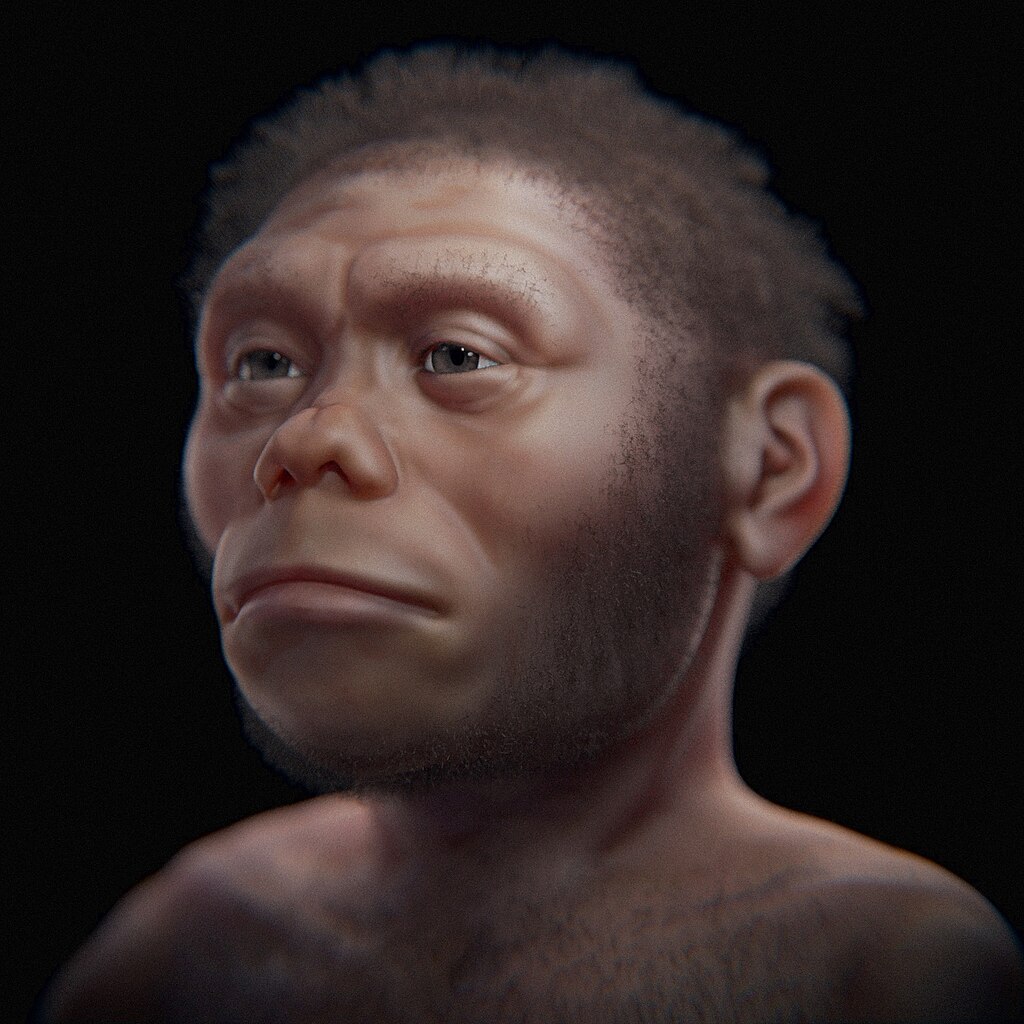
In 2003, an archaeological team led by Mike Morwood made a discovery on the Indonesian island of Flores that defied scientific expectations and forced a rethinking of human evolution. The researchers unearthed the remains of a diminutive hominin species, standing only about 3.5 feet tall with a brain size comparable to a chimpanzee’s, yet possessing sophisticated stone tools and evidence of complex behaviors. Named Homo floresiensis and colloquially dubbed the “Hobbit” due to its small stature, this species lived as recently as 50,000 years ago—meaning these primitive-looking humans coexisted with modern Homo sapiens. The discovery sparked intense scientific debate, with some initially suggesting the specimens represented pathological modern humans affected by microcephaly or other developmental disorders. However, further analysis of multiple individuals confirmed H. floresiensis as a distinct species with a unique combination of primitive and derived features. Most researchers now believe H. floresiensis likely evolved from an earlier hominin like Homo erectus that reached Flores and then underwent island dwarfism—an evolutionary process where large animals shrink over generations when isolated on islands with limited resources. The Hobbit discovery dramatically demonstrated that human evolution was far more complex and branching than previously thought, with multiple human species coexisting relatively recently in our evolutionary past.
Columbian Mammoth: Frozen in Time
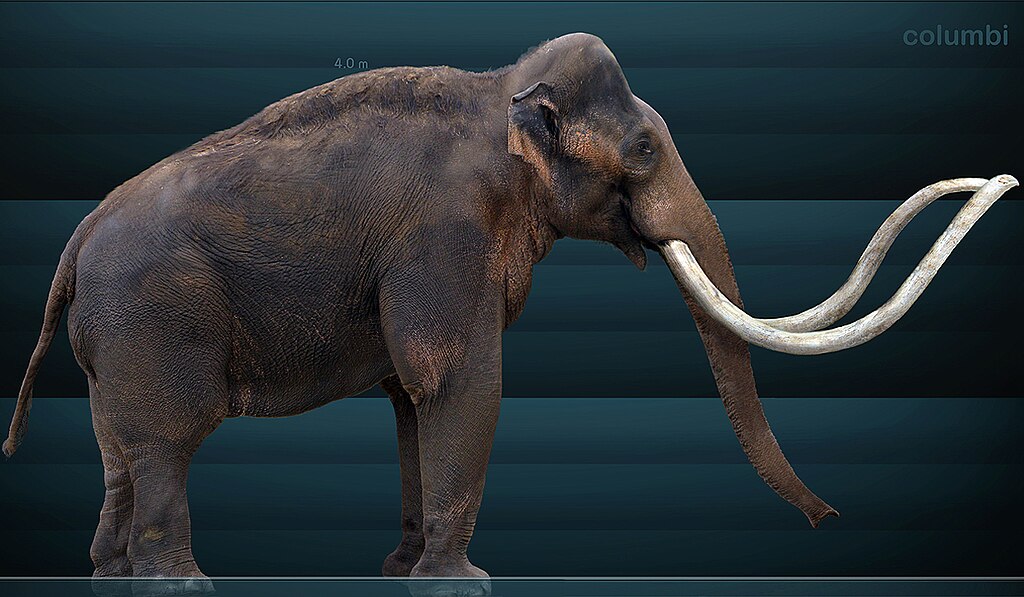
In 2013, construction workers building a residential development near Seattle made an unexpected discovery when their bulldozer struck something unusual—the remarkably well-preserved tusks and bones of a Columbian mammoth. Dubbed the “Exeter Mammoth” after the construction company, this 17,000-year-old specimen represented one of the most complete mammoth skeletons ever found in North America. Unlike many fossil specimens that are mineralized replacements of original bone, this mammoth’s remains still contained original collagen and other biological materials, allowing researchers to extract ancient DNA and protein samples for analysis. Isotope studies of the mammoth’s tusks revealed migration patterns and seasonal changes in diet, showing how the animal moved through the landscape following food sources as the seasons changed. Microscopic examination of the tusk growth layers functioned like tree rings, recording approximately 30 years of the animal’s life history, including periods of nutritional stress and recovery. The discovery of cut marks on some bones suggested human interaction with the mammoth, providing valuable evidence about the relationship between Pleistocene megafauna and early human inhabitants of North America, contributing to our understanding of both mammoth biology and human prehistory.
The Taung Child: Raymond Dart’s Breakthrough

In 1924, anatomist Raymond Dart received a box of fossils from the Taung limestone quarry in South Africa that contained what appeared to be a primate skull embedded in rock. After carefully removing the surrounding stone, Dart revealed an extraordinary specimen: the fossilized skull of a young hominin with a mixture of ape-like and human-like features. The Taung Child, estimated to be 2.8 million years old and belonging to a species Dart named Australopithecus africanus, became the first evidence that humans evolved in Africa rather than Asia or Europe, as was commonly believed at the time. Dart noted several crucial anatomical details, including the forward placement of the foramen magnum (the hole where the spinal cord connects to the brain), indicating that this creature walked upright. The child, who died at approximately three years of age, had a brain larger than an ape’s but smaller than a modern human’s, representing an intermediate evolutionary stage. Despite the significance of the find, the scientific establishment initially rejected Dart’s interpretation, clinging to the belief that large brains evolved before bipedalism and that human origins lay in Eurasia. It would take nearly 20 years and additional australopithecine discoveries by Robert Broom before Dart’s analysis gained widespread acceptance, eventually shifting the search for human origins decisively to the African continent.
Evolutionary Dead Ends: Decoding Extinction Stories
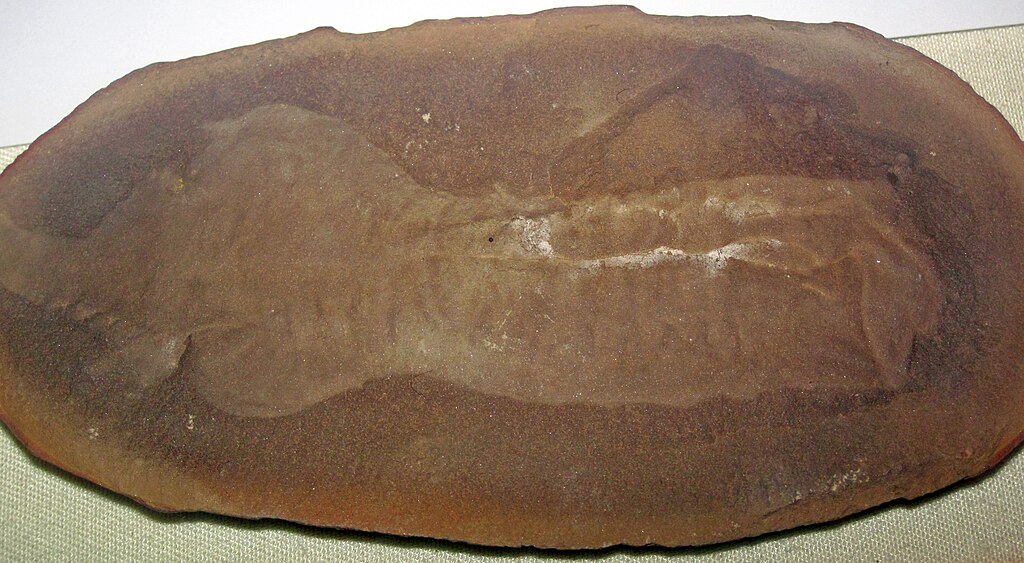
Not all fossil discoveries represent direct ancestors of modern species—many reveal fascinating evolutionary experiments that ultimately ended in extinction. The bizarre Tully Monster (Tullimonstrum gregarium) from the Mazon Creek fossil beds of Illinois exemplifies this perfectly, with its torpedo-shaped body, proboscis ending in a toothed claw, and eyes perched on a rigid bar extending from its body. Despite thousands of specimens, scientists continue to debate its basic classification, with different analyses suggesting relationships to vertebrates, mollusks, or arthropods. Another evolutionary mystery, Hallucigenia from the Burgess Shale, was so alien-looking that researchers initially couldn’t determine which end was the head or even which side was up, illustrating how evolution has produced body plans with no modern analogues. The study of these “failed” evolutionary lineages provides crucial context for understanding natural selection, showing that evolution isn’t a linear march of progress but rather a branching process of adaptation to specific environments, with most branches ultimately terminating. Examining why certain lineages disappeared—whether through competition, specialized adaptations that became liabilities when environments changed, or simply bad luck during mass extinction events—helps scientists understand the selective pressures that shaped surviving lineages and offers potential lessons for conservation biology in our current biodiversity crisis.
Modern Technologies Unveiling Ancient Secrets

The field of paleontology has been revolutionized by advanced technologies that allow scientists to extract unprecedented information from fossil specimens without damaging them. Synchrotron X-ray microtomography, which uses particle accelerators to generate extremely powerful X-rays, can reveal internal structures of fossils still embedded in rock, creating detailed three-dimensional models of features as delicate as embryonic bones or insect nervous systems preserved for hundreds of millions of years. Scanning electron microscopy allows researchers to examine surface structures at the microscopic level, identifying cell patterns in fossilized skin or the microstructure of ancient feathers. Perhaps most remarkably, molecular paleontology has advanced to the point where researchers can sometimes extract and analyze proteins, pigment molecules, and even fragments of DNA from well-preserved specimens, revealing information about coloration, physiological adaptations, and evolutionary relationships that were previously considered irrecoverable



